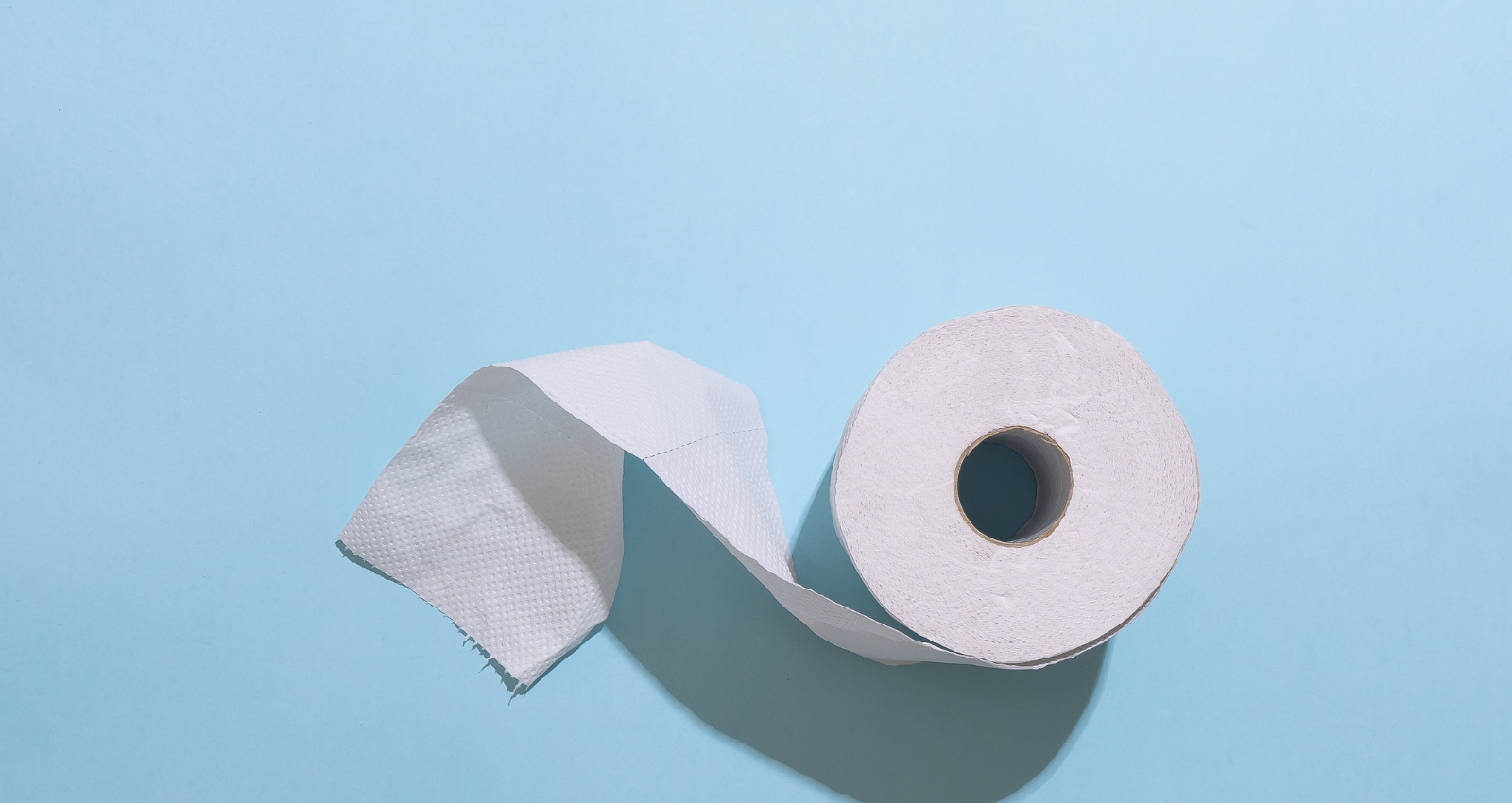
Potty Training Tips for Children with Autism
Potty training is something that can be both stressful and rewarding. It takes patience, understanding and – usually – a lot of accidents along the way. There is no ‘one size fits all’ guide for potty training any child and yes, you’ve guessed it – there is no autism potty training guide either! Potty training children with autism is as different experience for every child because every child is different. However, in this blog we can give you some autism potty training tips that hopefully you will find helpful.
Making sure that your child is ready for toilet training
Signs that autistic children are ready for toilet training
First and foremost, make sure that your child is ready to be potty trained. If they are not, it will just cause you both unnecessary stress and might make the process more difficult in the future. Look for signs that they are ready. For example;
- They are showing signs of awareness that they need the toilet or maybe they are showing interest in using the toilet.
- Some children start to recognise when they are wet or have soiled which can mean that they are ready.
- Some children have changes in their behaviour, such as going to a certain spot in a room when they need the toilet.
- Another indicator to look out for is showing signs of bladder control for longer periods during the day.

Using encouragement and being patience
It is so important to be patient. Remember that this is a huge transition for your child and a change of routine. Accidents will happen. You need to remember that this will take time and may well be a slow, gradual process.
Start during a time that works well for you
It’s always best to start potty training during a time where you don’t have a lot of commitments. Make sure your diary is clear and that you are going to be in environments that your child is most comfortable.
Make sure clothes are easy to remove
Part of starting to use the toilet is being able to pull trousers and underwear up and down. Make sure that your child is wearing trousers that are easy to remove, such as jogging bottoms or leggings. Things with buttons or zips might make the process more difficult.
Calm environment
Potty training can be a stressful transition for your child so try to ensure that the toilet environment is a calm as possible. If your child has sensory issues, such as a disklike of certain smells like air fresheners, remove these. Make sure you remove any distractions too.
Get your child use to the toilet environment as soon as possible by changing them in the toilet if they are still using nappies or continence aids.
Communication and routine are important
As always, particularly with children who have autism, communication and routine is very important so that they understand the process, do not feel overwhelmed or anxious and are comfortable. Use communication aids that work well for your child, for example, PECs, social stories and AAC devices. Make sure that the instructions are clear and concise to avoid confusion and use prompts when needed.
Make sure that you communicate with your child’s nursery or school so that you both ‘singing from the same hymn sheet’.
Always, always use positive reinforcement when your child is successful in part of the process. Never become frustrated or upset with them.
Use different aids to help your child
There are lots of aids to help children potty train. Sometimes it’s a case of trial and error to see which one works best for your child. Perhaps they like using a potty, maybe they want to use the toilet straight away. There are covers that you can use to make the gap in the toilet seat smaller and remember that there are toilet steps too if the toilet and sink are too high up for them.
With boys, you’ll need to ascertain whether they are more comfortable learning to pee sitting or standing. If you have someone in the house who can help them to stand, who perhaps they could learn from watching, utilise them!
Remember bowel movements might take longer
Bowel movements are usually an entirely different ball game when it comes to potty training any child. Usually, children learn to pee potty training before they learn to control when they poo. Some children are afraid of bowel movements. A social story to explain bowel movements might be helpful.
Some health professionals recommend sitting your child on the toilet with their nappy on when needing a bowel movement and gradually cutting a hole in the nappy each time they need to go so that the faeces eventually drop into the toilet, and they get used to not having the sensation of a heavy nappy.
Potty training during the night
Routine is important at bedtime too. It’s important to have a set bedtime routine that is consistent. You should limit the amount that your child eats and drinks on the lead up to bedtime and ensure that they go to the toilet before going to bed.
It might take some time before your child can go through the night without wetting the bed. You might need to take them to the toilet during the night. Some parents use a bed-wetting alarm so that children are aware when they pee, however, it’s important to make sure that if you use one of these it doesn’t frighten your child.
A Kylie sheet is perfect to use whilst your child is potty training to ensure that they are comfortable if they wet the bed and to save you washing sheets constantly. Kylie bed pads are washable pads that are placed on top of sheets, which are highly absorbent. They are reusable and designed to keep urine away from your child’s skin so that it does not get sore or disrupt their sleep.

